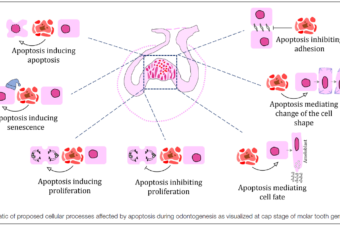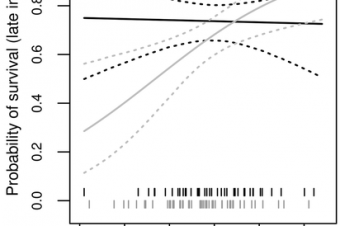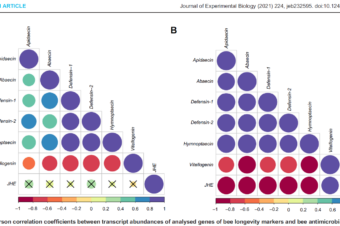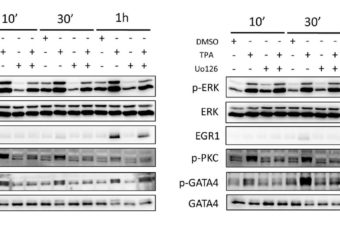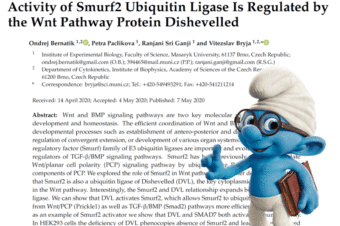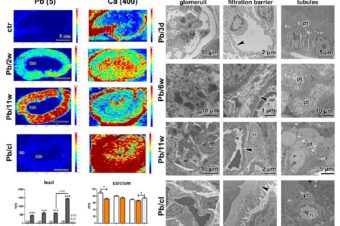Abstract:
Laser-induced plasma (LIP) is dependent on many experimental conditions, as well as on the material and type of the ablated sample. Typically, the spectral data from a LIP are used as an analytical tool. However, the problem is that the data suffer from instability of the plasma, matrix effect, shot-to-shot fluctuation, etc. One of the possibilities how to improve the performance of LIBS is a deep understanding of behaviour of the plasma at various times during its evolution. Therefore, we used shadowgraphy setup to observe the shockwave created by the explosion during ablation of the sample. Our goal was to observe differences in shadowgraphy data for four different samples, each of them with unique matrix. Then, we aimed to use the shadowgraphy data to calculate the initial energy of the expansion. For each sample, we used various laser energies between 7 and 50 mJ. Sedov-Taylor model was applied as it fit the measured data. The model accurately fitted the experimental data up to 1.3 μs from the ablation of the sample. For further time delays, a slightly different approach was proposed, using model’s equation with a changed power exponent. Later, Sedov-Taylor and Jones models were employed to calculate the initial energy of the shockwave. The calculation revealed a similarity in the amount of energy that was needed to ablate steel and glass sample. As for the ablation of bronze and soft tissues, approximately half of that energy was needed. These results were then compared with thermal properties of the samples, where similar results can be seen.
https://doi.org/10.1016/j.sab.2021.106254
Graphical abstract:
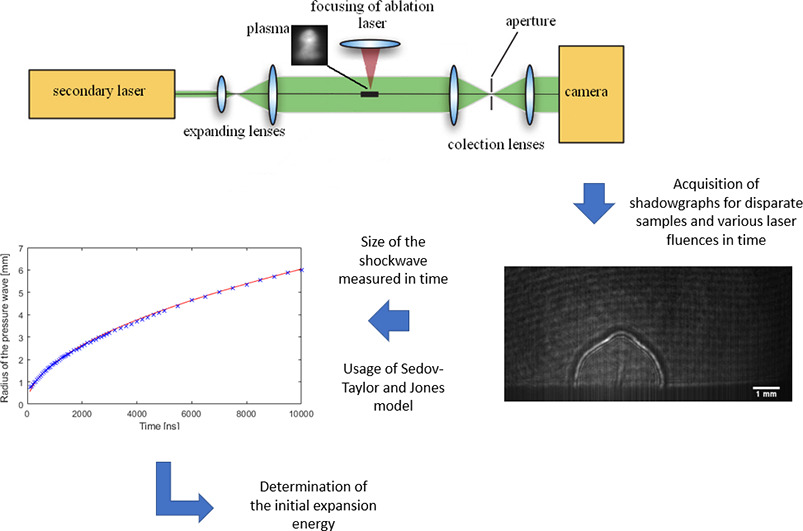
AUTHORS:
Jakub Buday a, Pavel Pořízka a,b, Marcela Buchtová c,d, Jozef Kaiser a,b
a Faculty of Mechanical Engineering, Brno University of Technology, Technická 2896/2, Brno, Czech Republic
b CEITEC BUT, Central European Institute of Technology, Brno University of Technology, Purkyňova 123, 612 00 Brno, Czech Republic
c Institute of Animal Physiology and Genetic, Academy of Sciences of the Czech Republic, Veveří 967/97, 602 00 Brno, Czech Republic
d Department of Experimental Biology, Faculty of Science, Masaryk University, Kamenice 5, 625 00 Brno, Czech Republic
